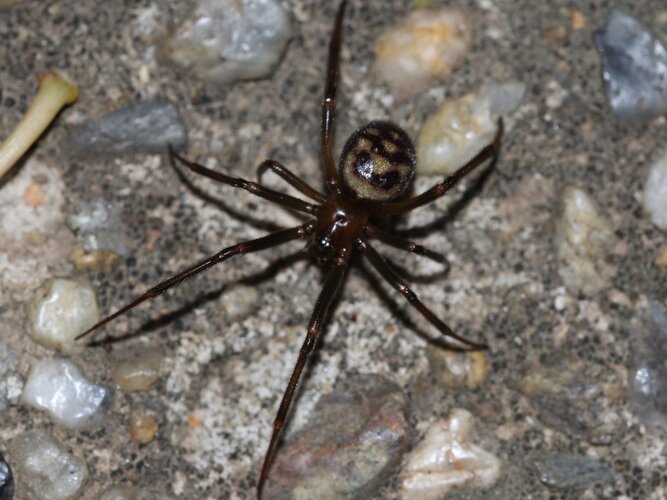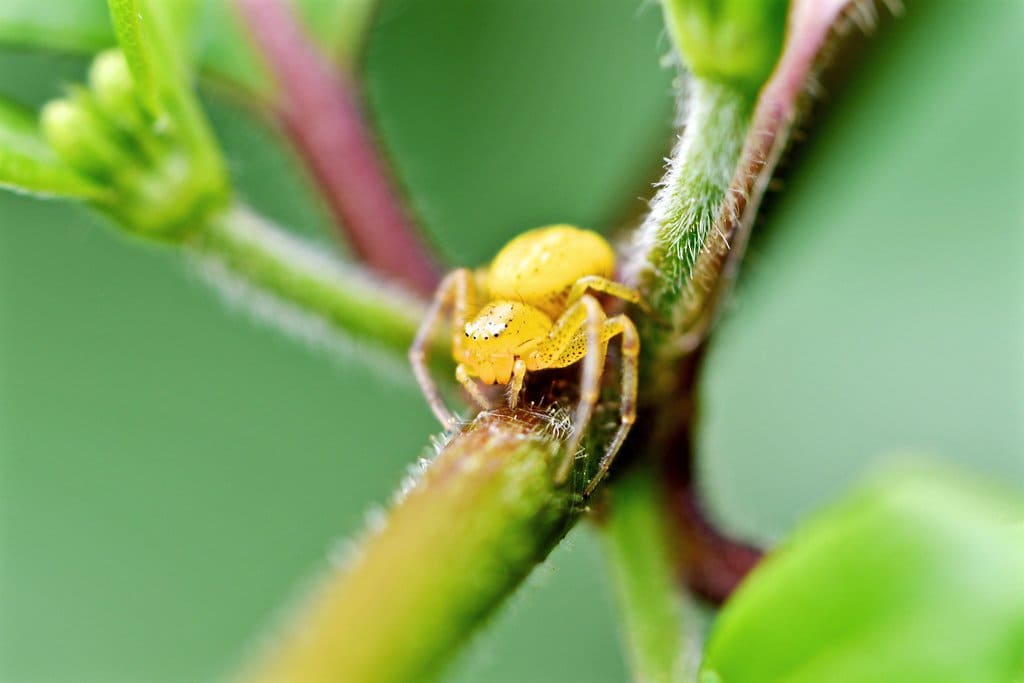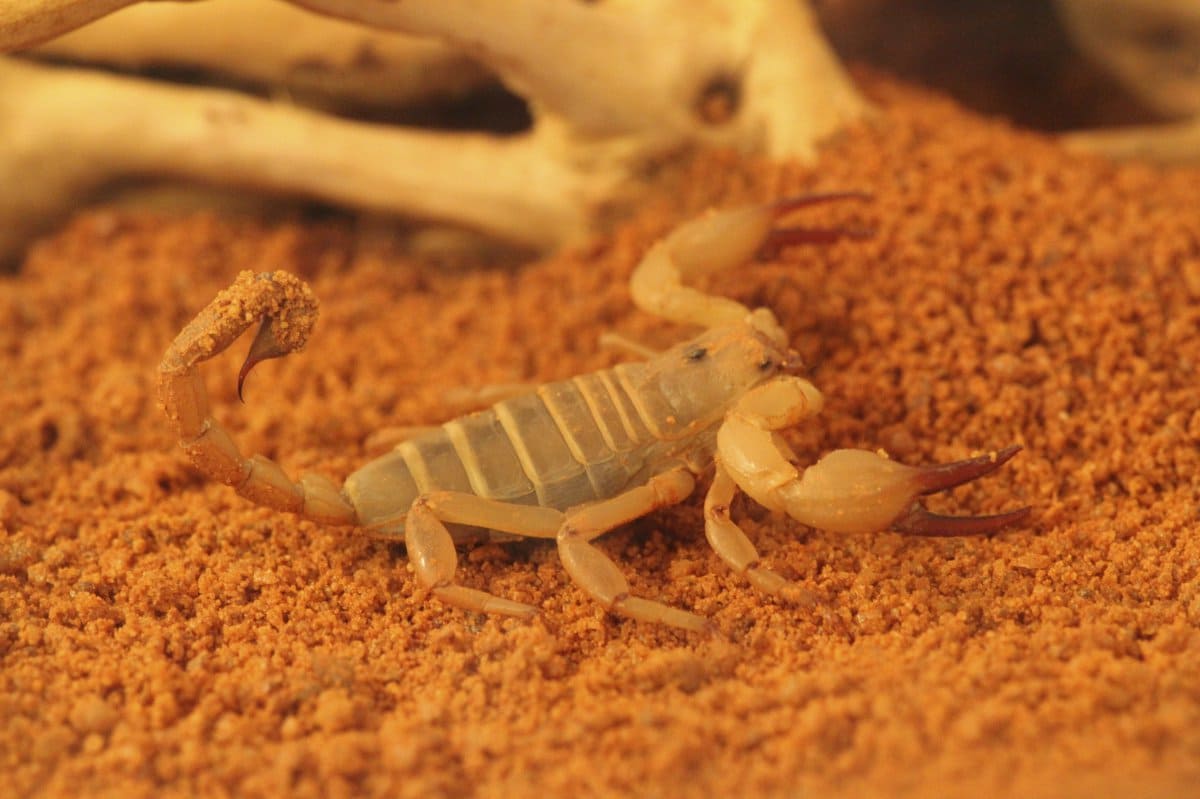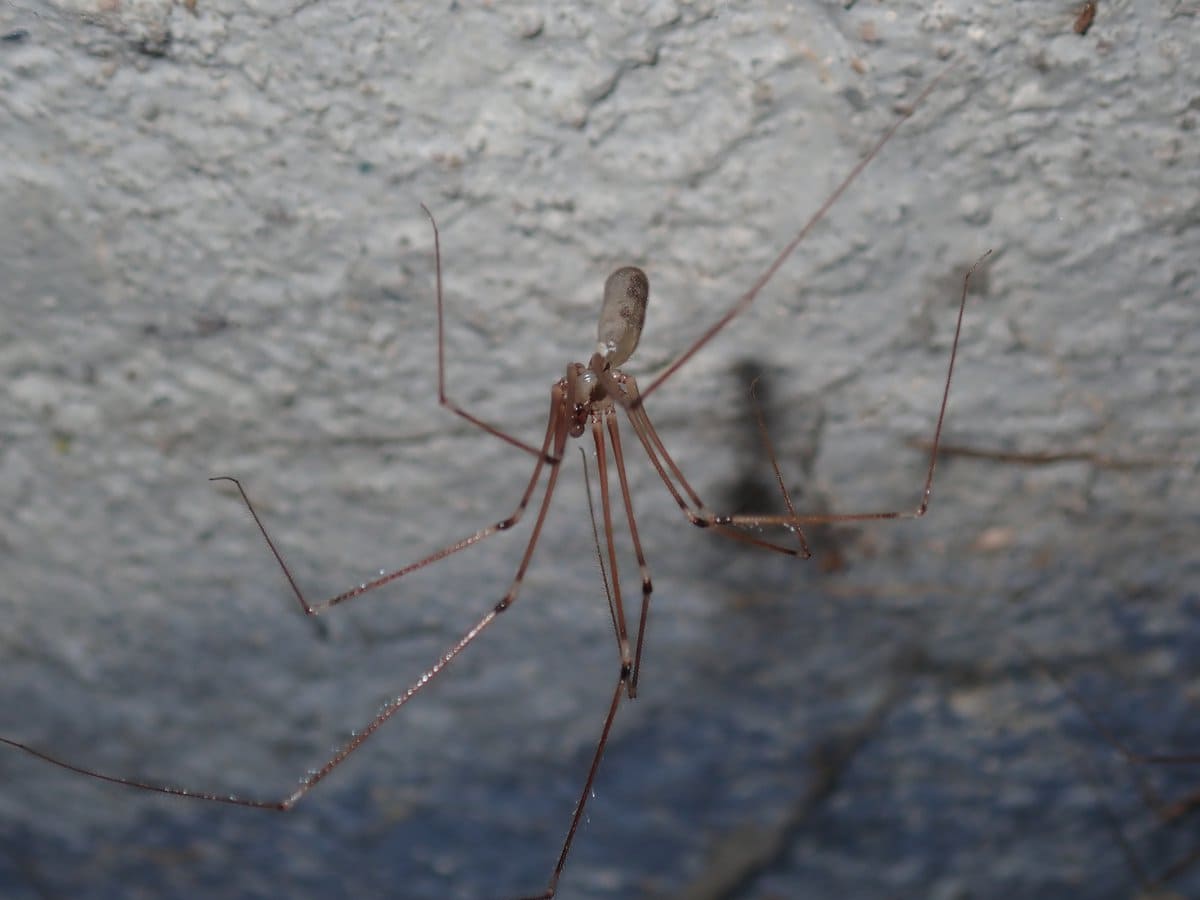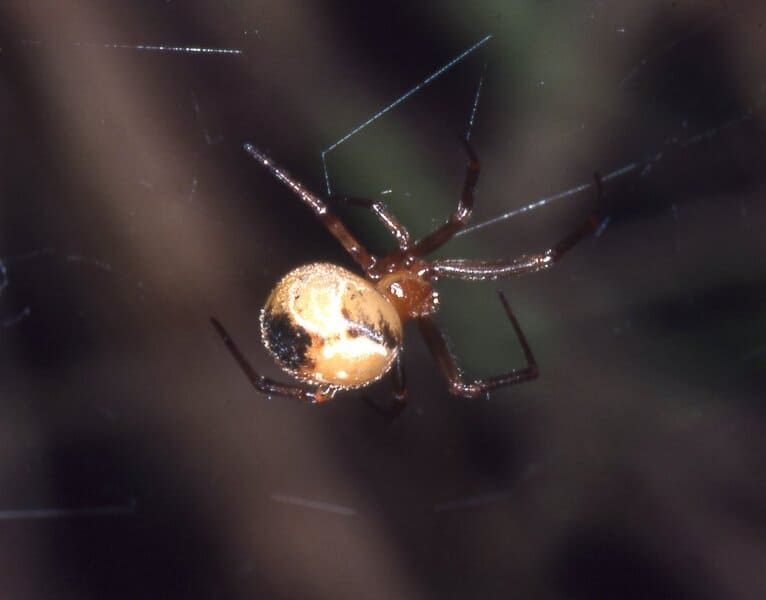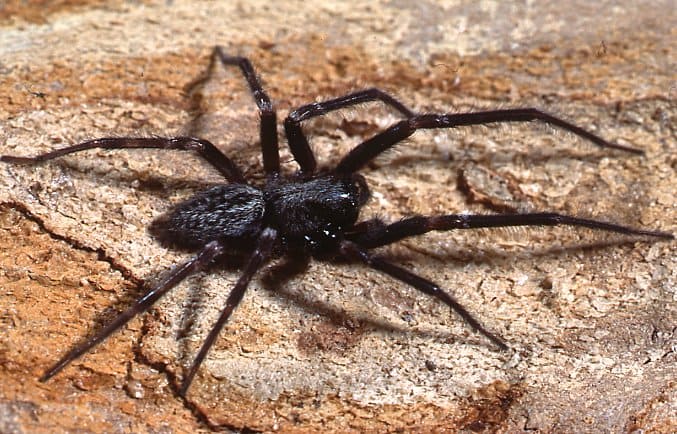Cupboard spiders
IUCN
LCBasic Information
Scientific classification
- name:Cupboard spiders
- Scientific Name:Steatoda grossa (and similar Steatoda spp.)
- Outline:Arthropoda
- Family:Theridiidae Steatoda Steatoda grossa
Vital signs
- length:Females 6–10 mm; males 4–6 mm (excl. legs)
- Weight:Small spiders; varies by individual
- lifetime:Approx. 1–3 years (females often longer)
Feature
Indoor/outdoor‑corner tangle webs; ovoid abdomen; nocturnal ambush; predation on insects and other spiders.
Distribution and Habitat
Cupboards, sheds, garages, basements and eaves across several continents where disturbance is low.
Appearance
Dark brown to purplish‑brown/blackish; ovoid abdomen with pale markings; leg‑IV tarsal comb.
Details
Cupboard spiders commonly refer to comb‑footed spiders of the family Theridiidae that live inindoor corners, cupboards, garages and similar sheltered spaces. The best‑known species isSteatoda grossa, one of the so‑called “false widow” spiders. They spin a three‑dimensional tangle web with a small retreatand ambush passing arthropods.
Ecology & Biology
Activity: mostly crepuscular to nocturnal; by day they hide in a crumpled retreat within the web.
Diet: insects and other spiders, occasionally larger arthropods, subdued with sticky silk and rapid wrapping.
Reproduction: females suspend several egg sacs within the tangle; juveniles initially remain near the maternal web before dispersing.
Identification
Body size: females typically 6–10 mm, males 4–6 mm (excluding legs).
Colour: generally dark brown to purplish‑brown/blackish with paler abdominal markings; ventral surface may be lighter.
Form: ovoid to slightly globose abdomen, relatively slender legs; leg IV bears a tarsal comb used to flick sticky silk.
Range & Habitat
Steatoda grossa is thought to be native to parts of the Old World but is now widespread inEurope, North America, Australia, New Zealand and elsewhere. It favours cupboards, sheds, garages, basements, eaves and fence lineswhere disturbance is low and prey is available.
People & Safety
Medical relevance: overall low to moderate. Bites may cause local pain, redness and swelling, and in some cases mild systemic symptoms, but are usually much less severe than true widow (Latrodectus) bites.
Advice: keep clutter down, clean corners and remove old webs; if spiders must be moved, use a cup‑and‑card and relocate outdoors. Wash and monitor any suspected bite and seek medical advice if symptoms persist or worsen.
IUCN: Steatoda grossa and related species are currently Not Evaluated (NE).
FAQ
Q1. Are cupboard spiders real widows? No. They are usually Steatoda (“false widows”) and differ fromLatrodectus widows in patterning and venom potency.
Q2. What happens if one bites? Most bites cause localised pain and swelling; severe or systemic effects are uncommon but should be checked by a doctor.
Q3. How can I reduce them indoors? Declutter cupboards and garages, seal cracks, use screens, and clean webs to reduce both spiders and their insect prey.
Q4. Are they useful? To some extent yes—they prey on flies, mosquitoes and other spiders, helping to control indoor arthropods.



